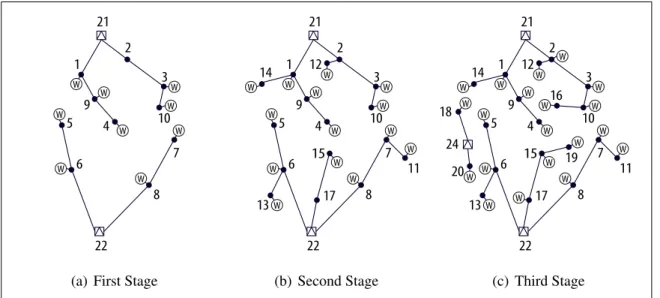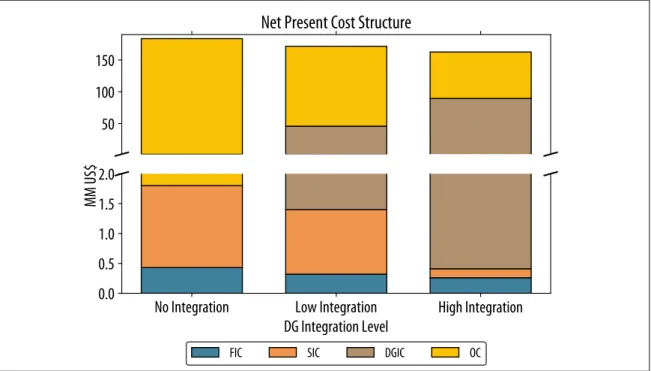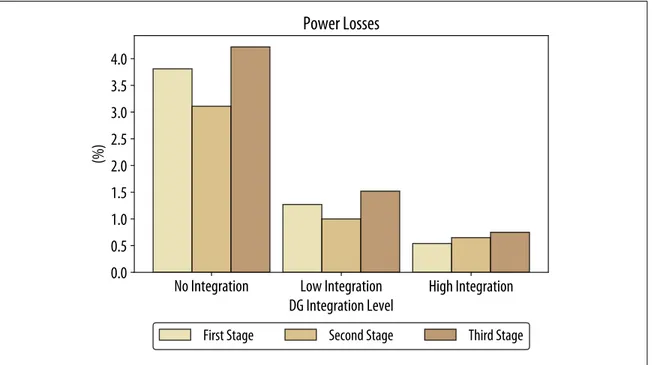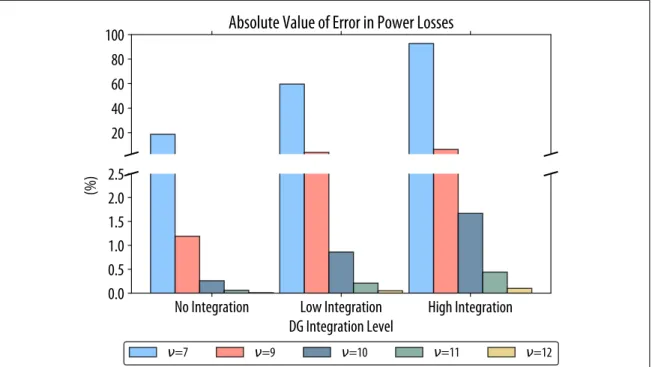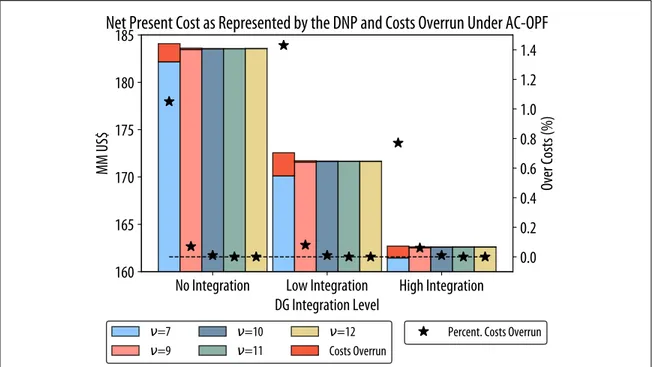A mixed integer distribution network planning model using a tight power flow relaxation
Texto completo
Figure
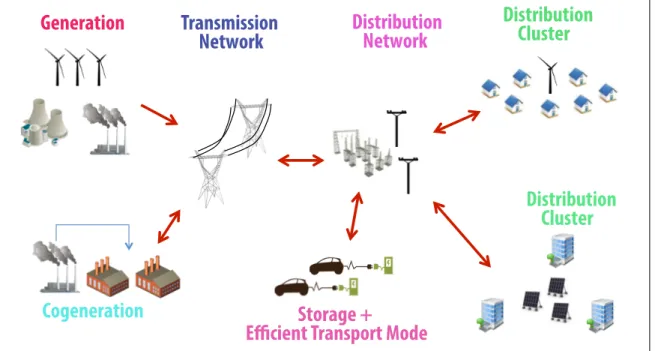
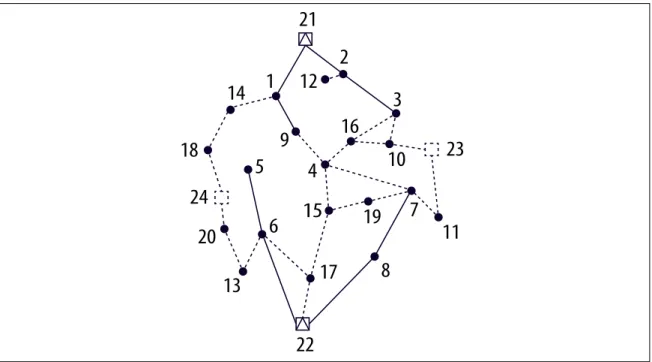

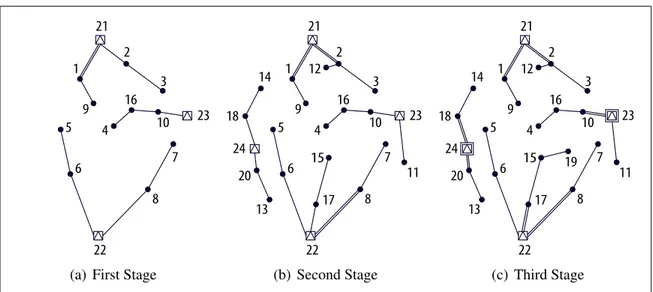
Documento similar
“with moderate socialists on the Portuguese and Spanish horizon”, was planning “a change in its previous hegemony”, Sá Carneiro was portrayed as the father of the
Our approach to generating HTNs from the model and a single planning instance and using them to solve larger instances of the same planning domain can be viewed as a form of
What is perhaps most striking from a historical point of view is the university’s lengthy history as an exclusively male community.. The question of gender obviously has a major role
The Genetic Algorithm for Mission Planning Problems (GAMPP) is a genetic al- gorithm to solve mission planning problems using a team of UAVs.. This section describes this
Abstract—This paper proposes a novel application of the Stewart–Gough parallel platform as a climbing robot and its kine- matics control to climb through long structures
From a network planning perspective, the problem of finding the lightpaths to accommodate a given traffic demand is called the routing and wavelength assignment (RWA) problem
The new approaches used in global path planning are Genetic Algorithm [4, 5], Neural Network [6] and Ant Colony Optimization (ACO) [7, 8]. Local path planning algorithms [9, 10]
The above analysis leads to an experimental scenario characterized by precise mea-.. Figure 4: The allowed region of Soffer determined from the experimental data at 4GeV 2 ,
